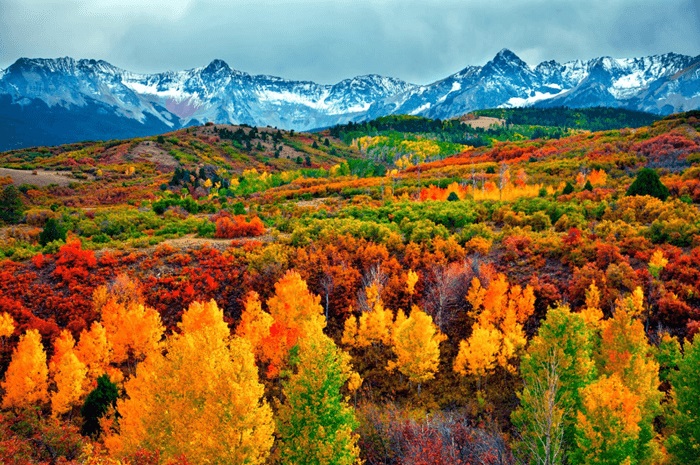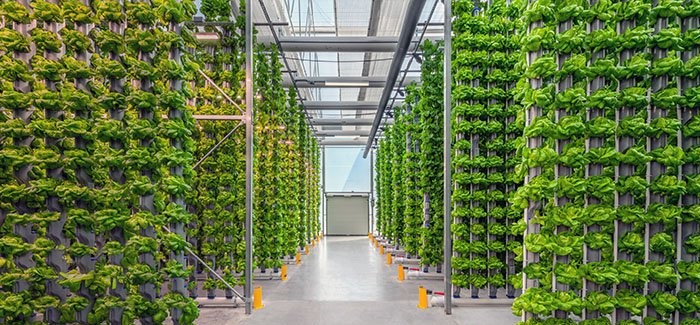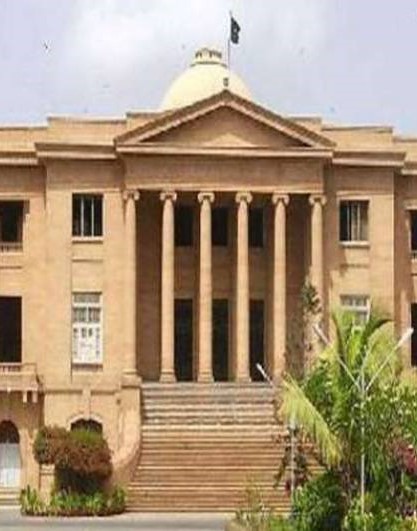Step into Alberta, Canada – a land of changing seasons, each with its own special charm. From the snowy winter to the colorful fall, Alberta’s year tells a beautiful story of nature’s cycles. Join us as we explore the different seasons in Alberta, with their unique weather, activities, and experiences. Whether you’re looking for snowy fun, blossoming views, warm summer days, or cozy autumn vibes, Alberta’s ever-changing scenery is here to captivate you.
Alberta Winter (December – February):
During the winter months of December to February in Alberta, Canada, you can expect:
- Temperature: Temperatures can drop well below freezing, often ranging from -15°C to -25°C (5°F to -13°F), and even colder in some areas. In mountainous regions, such as the Rockies, it can be even colder.
- Snowfall: Alberta experiences significant snowfall during the winter, especially in the mountainous regions. This creates excellent conditions for winter sports like skiing and snowboarding.
- Activities: Winter is a popular time for outdoor activities such as skiing, snowboarding, ice skating, and snowshoeing. Many towns and cities also celebrate winter festivals and events.
- Clothing: Dressing warmly is essential. Layering is recommended to stay comfortable in fluctuating temperatures. A heavy coat, insulated boots, gloves, and a hat are essential to protect against the cold.
- Daylight: The days are shorter, with fewer daylight hours, so plan your activities accordingly.
Remember that conditions can vary from year to year, and it’s important to be prepared for the cold weather when visiting Alberta during the winter months.
Alberta Spring (March-May):
During the spring months of March to May in Alberta, Canada, you can expect:
- Temperature: Spring brings milder temperatures compared to winter, but it can still be quite cool. Temperatures typically range from around 0°C to 15°C (32°F to 59°F), gradually warming up as the season progresses.
- Snow Melt: The snow from winter begins to melt, leading to wet and muddy conditions in some areas. This melting snow contributes to rising water levels in rivers and lakes.
- Transitional Weather: Spring is a transition period, so you might experience a mix of rainy, sunny, and even some lingering snowfall as the season unfolds.
- Flora and Fauna: As the snow recedes, you’ll start to see the emergence of plants and wildlife. It’s a great time for birdwatching and observing the natural beauty of Alberta’s landscapes.
- Activities: Spring is a good time for hiking and exploring, though trails might still have patches of snow and mud. It’s also a suitable time for indoor activities and cultural events.
- Clothing: Dressing in layers is still important, as the weather can be unpredictable. Bring waterproof clothing and footwear to navigate wet conditions.
Spring in Alberta is a time of transition, so be prepared for varying weather conditions and take advantage of the opportunities to witness the changing landscapes as winter gives way to a more temperate season.
Alberta Summer (June – August):
During the summer months of June to August in Alberta, Canada, you can expect:
- Temperature: Summers in Alberta are generally warm and pleasant, with temperatures ranging from around 15°C to 30°C (59°F to 86°F). Some days might see even higher temperatures, especially in July and August.
- Sunshine: Alberta experiences long daylight hours during the summer, with the sun setting later in the evening, providing ample time for outdoor activities.
- Outdoor Activities: Summer is the prime time for outdoor adventures and recreational activities. Hiking, camping, fishing, boating, biking, and exploring national parks are popular options.
- Festivals and Events: Many towns and cities in Alberta host festivals, fairs, and cultural events during the summer months. It’s a vibrant time to experience the local culture and entertainment.
- Tourism: Alberta’s natural beauty is on full display during the summer, with lush landscapes, blooming wildflowers, and vibrant lakes. Popular destinations include Banff and Jasper National Parks.
- Clothing: Light and breathable clothing is suitable for warm weather. Don’t forget to bring sunscreen, a hat, and sunglasses to protect against the sun.
- Wildlife: Summer is a great time for wildlife viewing. You might have the chance to see animals like bears, elk, moose, and various bird species in their natural habitats.
Overall, summer is a fantastic time to visit Alberta if you enjoy outdoor activities and want to take advantage of the stunning natural scenery that the province has to offer.
Alberta Fall (September – November):
During the fall months of September to November in Alberta, Canada, you can expect:
- Temperature: Fall is marked by cooler temperatures as the region transitions from the warmth of summer to the cold of winter. Temperatures can range from around 0°C to 15°C (32°F to 59°F).
- Foliage: One of the highlights of fall in Alberta is the vibrant foliage as the leaves of deciduous trees change color to shades of red, orange, and yellow. This creates picturesque landscapes, particularly in areas like the Canadian Rockies.
- Harvest Season: Fall is the time for agricultural and harvest festivals, as well as opportunities for apple picking, pumpkin patches, and other seasonal activities.
- Activities: Fall is a great time for hiking and exploring, as the cooler temperatures make outdoor activities more comfortable. It’s also a popular season for wildlife viewing, as animals prepare for winter.
- Clothing: Layering is key during the fall, as temperatures can fluctuate throughout the day. Bring warm clothing, a jacket, and waterproof footwear to navigate potential rain or snow.
- Transition to Winter: As fall progresses, you may start to see the first snowfalls in higher elevations, signaling the approach of winter.
- Shorter Days: Days gradually become shorter as daylight hours decrease, so plan your activities accordingly.
Fall is a picturesque season in Alberta, offering a mix of outdoor exploration, stunning foliage, and a sense of preparation as the province readies itself for the winter ahead.
Final Remarks:
In summary, Alberta weather and different seasons create a captivating mosaic of natural wonders. Each season adds its own colors to the province’s canvas, from winter’s calm to spring’s awakening, summer’s vibrancy, and fall’s enchantment. Whether you enjoy the outdoors, appreciate beauty, or savor the passage of time, Alberta offers a tapestry of experiences. So, as you plan your next adventure, remember that Alberta’s seasons invite you to embrace their ever-changing magic.
For more interesting topics, visit blogtoeducate.com






